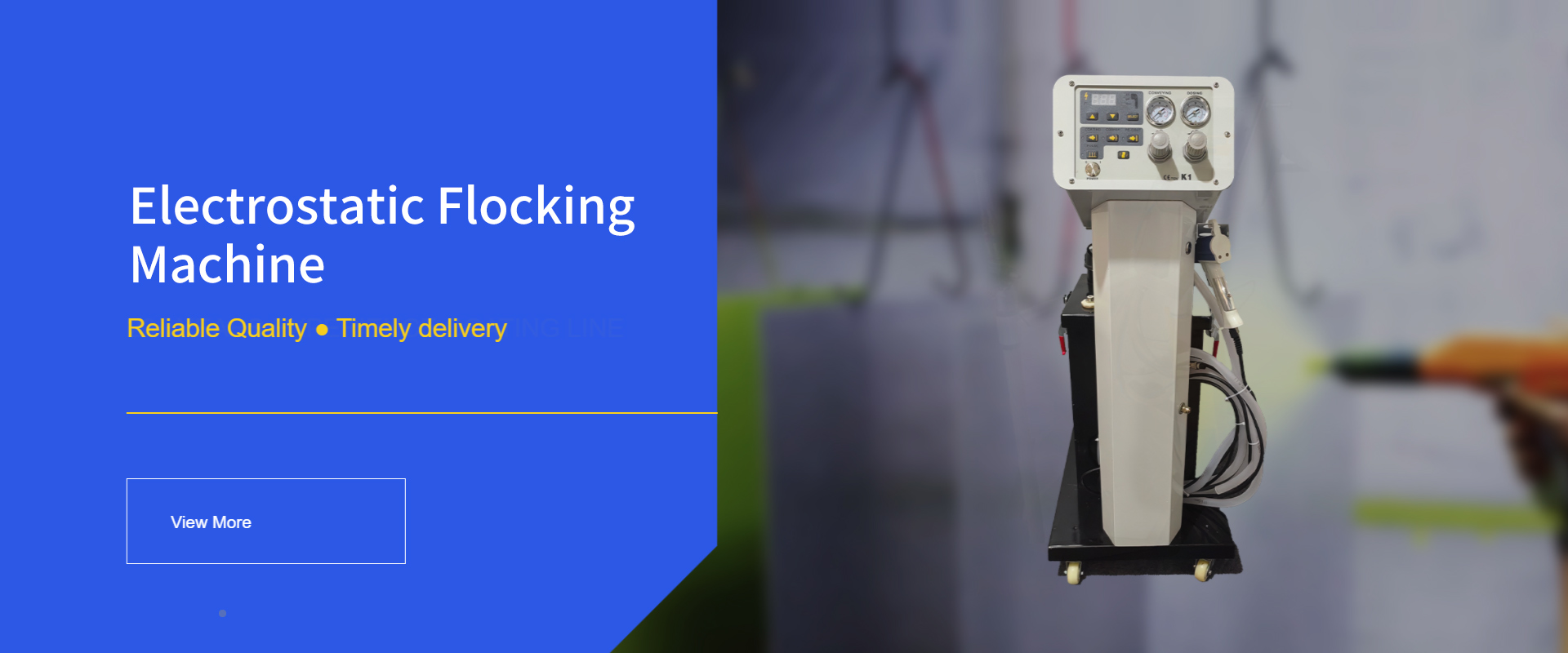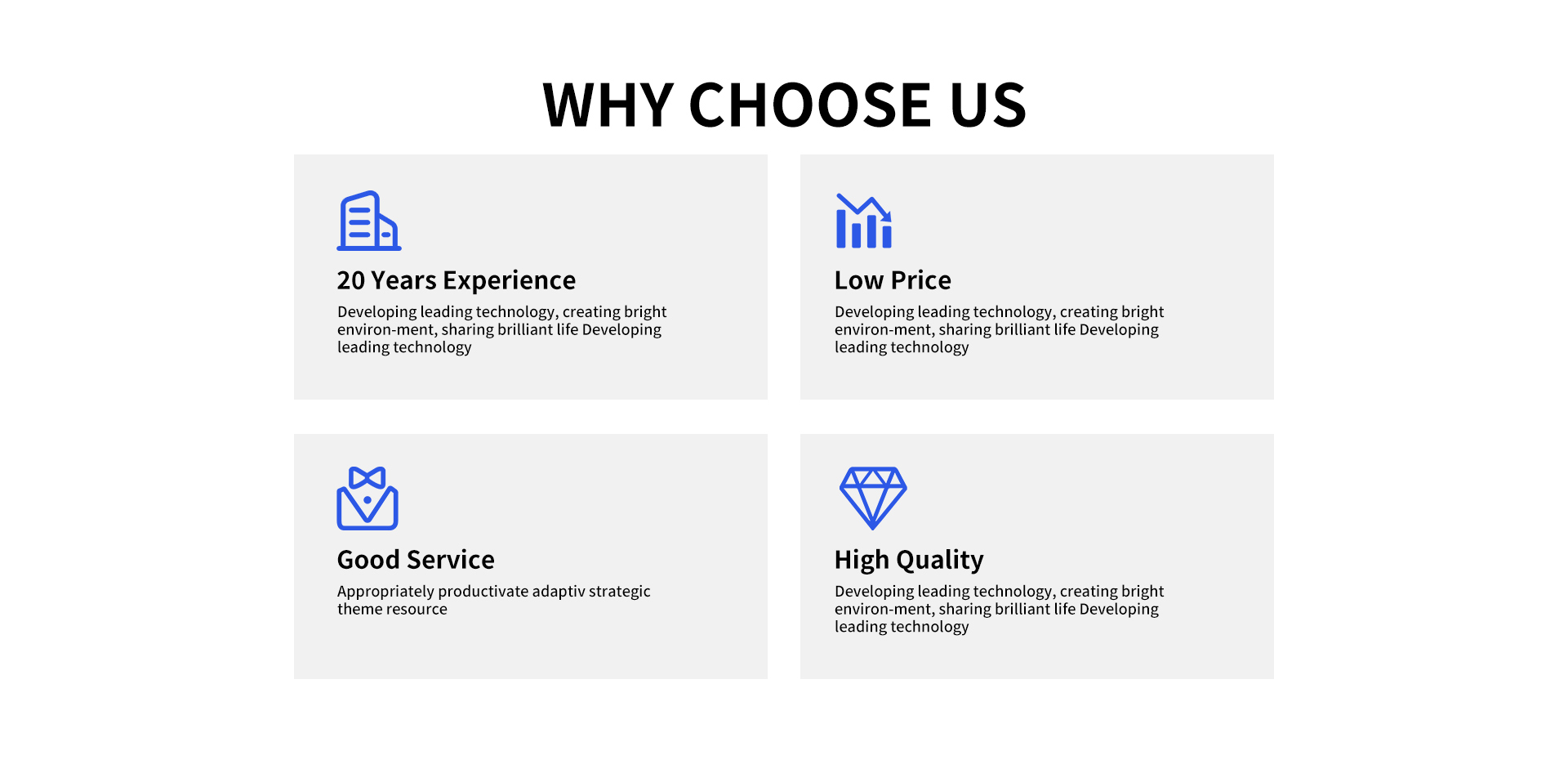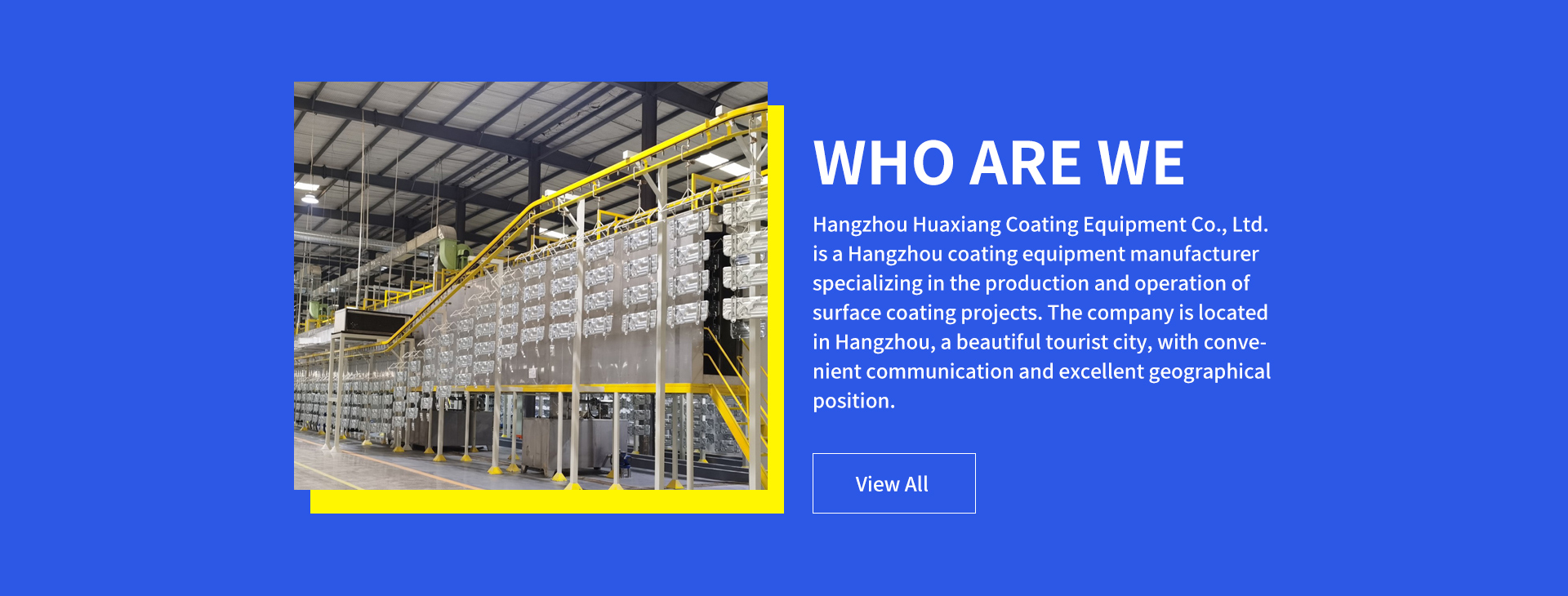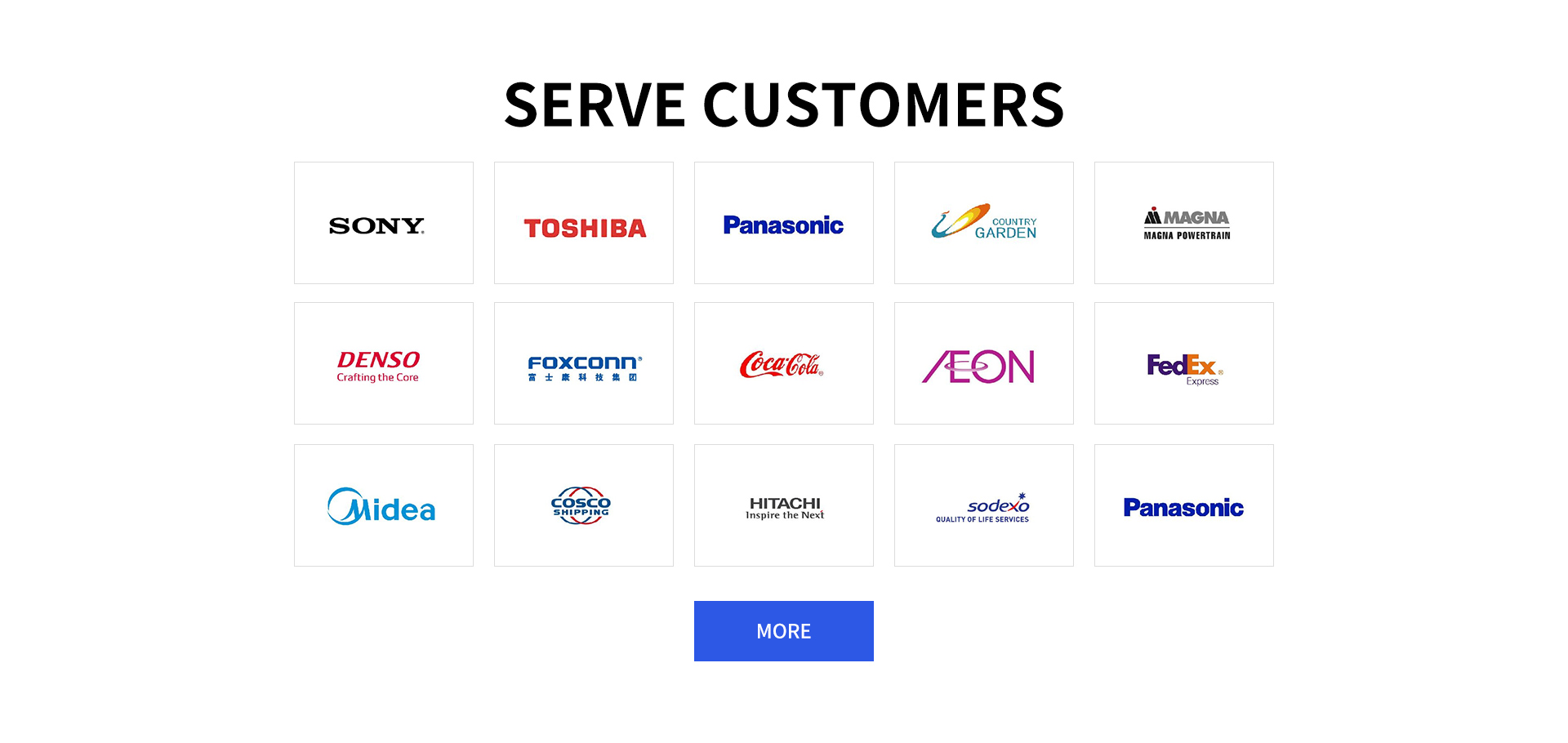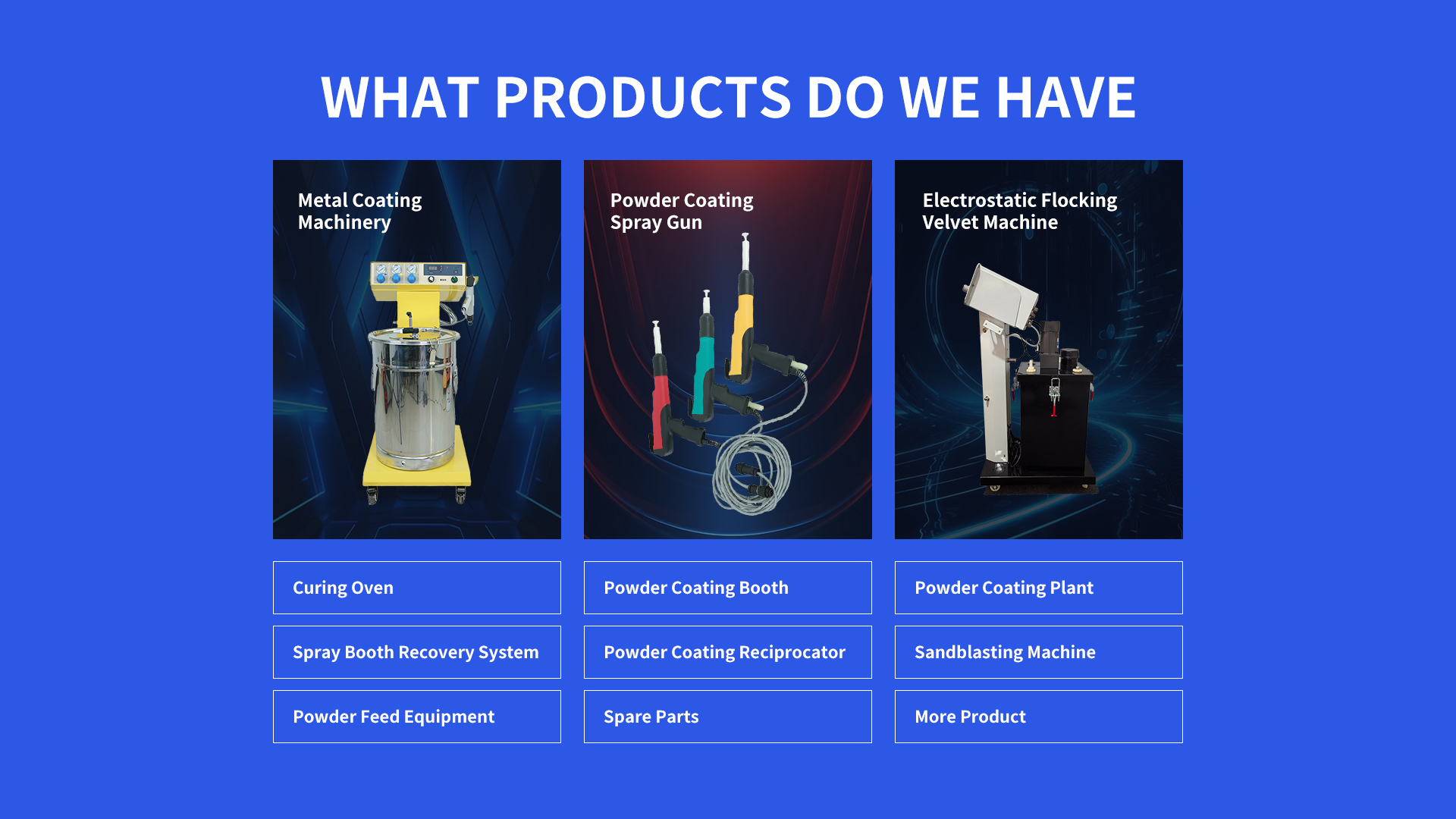The Auto Industry Powder Coating Line caters to the high - volume and precision - oriented coating demands of the automotive sector. These lines are used for coating various automotive components, ensuring durability and aesthetic appeal. Costs range from $80,000 for basic, small - scale lines to over $1 million for large, fully - automated setups, depending on production capacity, automation levels, and advanced features.
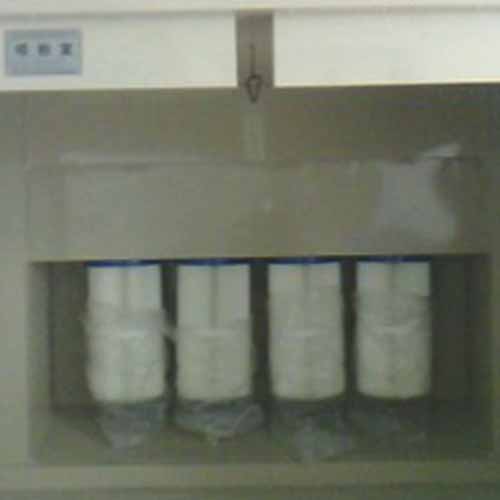
Auto Industry Powder Coating Line is widely applied in multiple automotive coating projects. It coats car body panels, providing a smooth, scratch - resistant finish that enhances the vehicle's appearance and protects against corrosion. Wheel rims are also commonly coated using these lines, giving them a shiny, long - lasting look while withstanding the rigors of the road. Additionally, engine components benefit from the coating, as it helps in heat dissipation and prevents wear and tear, increasing the engine's lifespan.
The surface treatment technology in
Auto Industry Powder Coating Line starts with pre - treatment. Parts are first degreased using solvents to remove any oil, grease, or contaminants. Then, they undergo abrasive blasting or chemical etching to create a rough surface, improving the adhesion of the powder coating. In the spraying stage, electrostatic spray guns are employed. The powder particles gain an electrostatic charge as they exit the guns and are attracted to the grounded parts, ensuring an even and consistent coating. Finally, the coated parts enter a curing oven, where heat fuses the powder into a hard, durable layer at specific temperatures and time intervals.
An
Auto Industry Powder Coating Line is a specialized, automated system designed specifically for the automotive manufacturing industry. It integrates multiple processes, including pre - treatment, powder spraying, and curing, into a seamless operation. The line is equipped with conveyors that transport parts through each stage, robotic arms that control the spray guns for precise coating, and temperature - controlled ovens for proper curing. With programmable controls, it can handle different types of automotive parts and coating requirements efficiently.
Conveyor System: The conveyor system in an Auto Industry Powder Coating Line moves automotive parts through the entire coating process. Overhead monorail conveyors are popular, allowing parts to be suspended and transported smoothly. They can be adjusted for speed and the distance between parts, ensuring optimal coating and curing. Some conveyors also have anti - static features to prevent powder from adhering to them during transport.
Robotic Spraying Unit: This unit consists of robotic arms with electrostatic spray guns. The robots are programmed to move in specific patterns, reaching all surfaces of the automotive parts for uniform coating. They can adjust the spray angle, powder flow rate, and electrostatic charge according to the part's shape and coating requirements, ensuring high - quality and consistent results.
Curing Oven: The curing oven in the line is crucial for transforming the powder coating into a hard, durable finish. It is designed to maintain a stable temperature and humidity environment. Gas - fired or electric heating systems are commonly used, and the oven has a conveyor - based system that moves the parts through at a set speed, ensuring each part receives the right amount of heat for the required duration of curing.
Auto Industry Powder Coating Line offers several significant advantages. It enables high - volume production, meeting the large - scale demands of the automotive industry. The automated process ensures a high level of precision and consistency in coating, reducing the occurrence of defects and the need for rework. It also provides excellent corrosion resistance and wear protection for automotive components, enhancing the overall quality and lifespan of the vehicles. Additionally, powder coating is more environmentally friendly compared to traditional liquid coating methods, producing less waste and harmful emissions.
To optimize production speed in an Auto Industry Powder Coating Line, start by ensuring the conveyor system operates at its maximum efficient speed without compromising coating quality. Adjust the speed based on the type and size of the parts being coated. For smaller, simpler parts, a higher speed may be possible. Optimize the settings of the robotic spraying unit. Fine - tune the powder flow rate and spray gun movement to ensure quick and even coating. Ensure the curing oven has the right temperature and airflow settings to cure the parts as quickly as possible while still achieving a proper finish. Regularly maintain the line to prevent any breakdowns or slowdowns due to mechanical issues.
When facing coating defects in an Auto Industry Powder Coating Line, first check the pre - treatment process. Ensure parts are thoroughly cleaned and the surface is properly prepared, as any contaminants can cause adhesion problems. Inspect the spray guns for clogs or malfunctions. A blocked nozzle can lead to uneven spraying. Check the powder quality; expired or improperly stored powder may cause coating issues. Adjust the electrostatic settings of the spray guns if the powder is not adhering correctly. For issues like orange peel or rough finishes, review the curing process parameters, including temperature and time, and make necessary adjustments.
For a small - scale auto parts manufacturer choosing an Auto Industry Powder Coating Line, consider production capacity. Select a line that can handle your current production volume with some room for growth. Look for a line with modular design, as it allows for easy expansion in the future. Consider the types of parts you produce. If you have a variety of part shapes and sizes, choose a line with flexible spray gun settings and a versatile conveyor system. Budget is also a key factor. Balance the initial cost of the line with its long - term operational and maintenance costs. Opt for a line from a reputable manufacturer that offers good after - sales support and training.
Maintaining the robotic spraying unit in an Auto Industry Powder Coating Line involves regular inspections. Check the robotic arms for any signs of wear or damage, such as loose joints or cracks. Lubricate the moving parts according to the manufacturer's guidelines to ensure smooth operation. Clean the spray guns regularly to remove any powder buildup, which can affect spraying performance. Check the electrical connections and sensors to ensure they are working properly. Periodically calibrate the spray guns to ensure accurate powder flow and spray pattern. Replace any worn - out or damaged components promptly to prevent production disruptions.
When operating an Auto Industry Powder Coating Line, safety is paramount. Ensure all operators wear appropriate personal protective equipment, including safety goggles, gloves, and respirators to protect against powder inhalation and potential eye and skin irritations. Ground the line properly to prevent static electricity buildup, which can cause sparks and ignite the powder. Keep the work area clean and free of flammable materials. Install proper ventilation systems to remove oversprayed powder and maintain a safe working environment. Regularly inspect the equipment for any signs of malfunction, such as gas leaks in gas - fired ovens or electrical faults. Train operators on emergency procedures, including how to shut down the line in case of an emergency.

